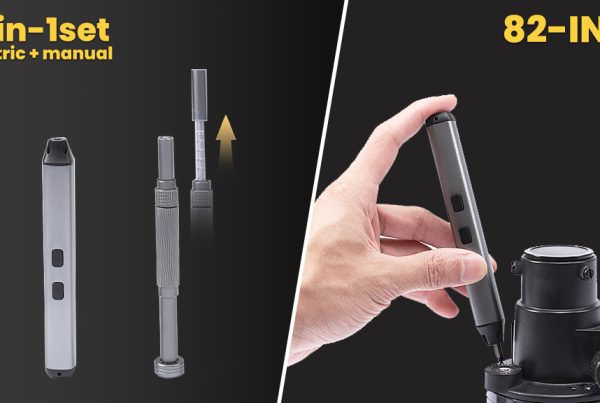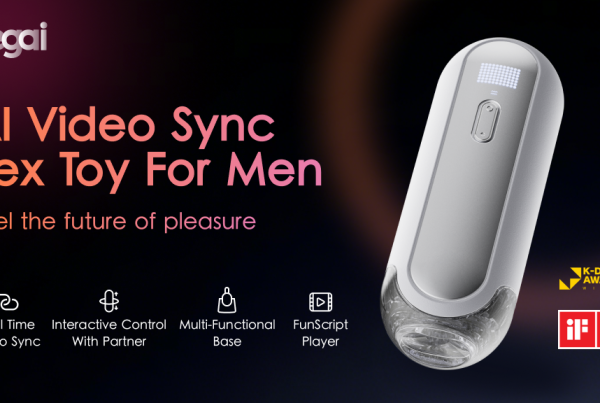Why should we back?
Intro
Welcome to KickstartNew! Today I’m excited to bring you a closer look at Habity: Bedside Clock – Better Sleep & Gentle Mornings, a Kickstarter project promising to reshape how we wake up, wind down, and reclaim calm from bedtime to sunrise. The clock blends retro aesthetics with modern tech, such as e-paper display, built-in ambient light, sleep soundscapes, and smart home integrations.
In this article, I’ll walk you through why you might consider backing it, what possible trade-offs to weigh, how trustworthy the team and execution look, and whether this is a campaign worth your support.

Why should I back this project?
-
Better sleep hygiene & less screen exposure
Habity is explicitly designed to reduce blue light exposure in the bedroom. The device uses an e-paper display (which emits no blue light) and avoids the need for a smartphone app for core functionality.
For people who struggle with nighttime doomscrolling or smartphone distractions before sleep, having a dedicated, “dumb” but smart-enough clock offers a healthier alternative. -
Gentle wake-up and ambient comfort features
The clock offers a built-in warm night light, gentle wake functions, soundscapes (over 30 sounds like rain, ocean, forest, etc.) to fall asleep, and the ability to edit wake times directly on the clock.
There’s also integration with Philips Hue smart light systems: you can link wake-up times to lighting scenes so your room brightens gradually. -
Offline-first design & fallback battery
One appealing design choice: the clock does not require constant Wi-Fi to function. Core features (time, light, alarm) run without connectivity. Wi-Fi is only needed for software updates, new audio, or smart home integrations.
Plus, it includes a backup battery (12–24 h, depending on usage) so you won’t oversleep in case of a power outage. -
Attractive early-backer pricing & community excitement
The campaign has already drawn attention. Over 600 backers have joined.
The early-bird price (around €99 in some tiers) makes it accessible for those curious to test the concept. -
Product differentiation in a crowded alarm clock / smart devices space
Many alarms today are phone-based, smart speaker-based, or rely on screen-based displays. Habity tries to carve a niche by combining a minimalist, low-disruption bedside device with thoughtful features. That niche appeal might resonate with those wanting to “disconnect” more effectively.

What are the potential drawbacks you should consider when you back it?
-
Prototype to production execution risk
While the team has built prototypes and tested them, bringing hardware to volume production often reveals unforeseen issues (component sourcing, quality control, firmware bugs, regulatory compliance). Kickstarter backers always take a margin of risk when backing hardware. -
Limited or no color / visual richness
Because Habity uses an e-paper display, it’s monochrome. It’s not suited for rich visuals, multimedia, or anything that needs full-color output. If you prefer vibrant displays or want to see images, this won’t be your device. -
Smart home dependency / partial features require connectivity
To use the Hue integration or to push new audio updates, you’ll need Wi-Fi. So some of the “smart” features are contingent on reliable network connectivity. If your home network is unstable, those parts might underperform. -
Battery limitations & trade-offs
The backup battery is helpful, but 12–24 hours is a limited window; a longer outage may cause problems. Also, battery longevity over years is uncertain (degradation, replacement challenges). -
Import, shipping, customs, and additional costs
As with many Kickstarter hardware campaigns, the final cost to you may include import duties, VAT, and shipping fees, which may not be fully accounted for in the headline pledge price. -
Feature omissions or delays
The team may postpone some features (say, richer sound libraries, advanced integrations, UI refinements) to after the initial shipping phase. Some backers in campaigns often find “shipping first, features later” is necessary to meet timelines.

The reliability of the project
-
Transparent prototype and documentation
The creators have shared design details, specs, and prototypes. Their website and campaign page provide clear descriptions of features, fallback modes, and integration details. -
Media interest and third-party reporting
Observers in the smart-lighting domain have covered this clock. For instance, HueBlog reports the Hue integration (local API, no cloud dependency) and estimates a launch shipping window (February 2026). -
Backer traction
The funding goal was relatively modest (circa €25,000), and the campaign is already backed by hundreds of pledges. That signals demand and some level of market validation. -
Design choices that reduce systemic failure vectors
Because the clock doesn’t rely on the cloud or continuous connectivity for core functions, some typical points of failure are avoided (server downtime, cloud subscriptions). That gives it a more robust base design. -
Risks remain
Even with good transparency and planning, hardware projects often face supply chain delays, certification problems (FCC, CE, etc.), and scaling challenges. The team has not yet delivered to backers, so their track record is still being built.




